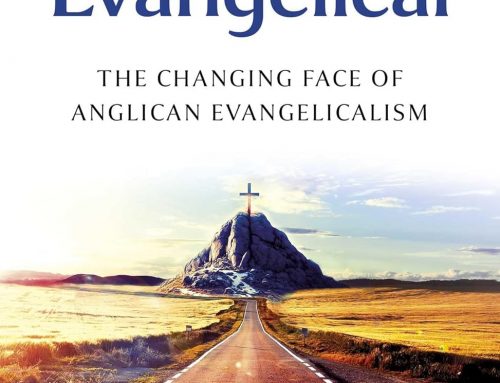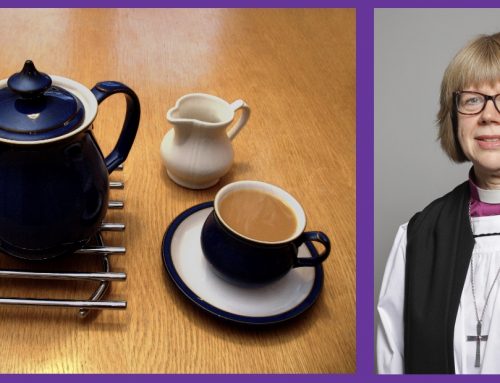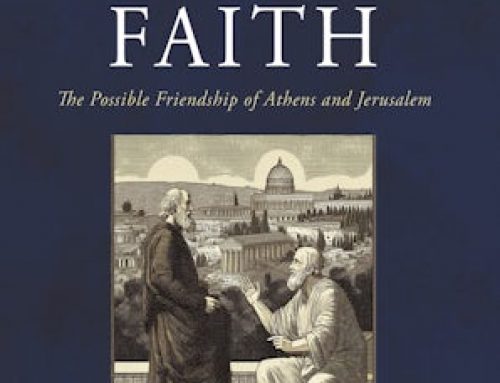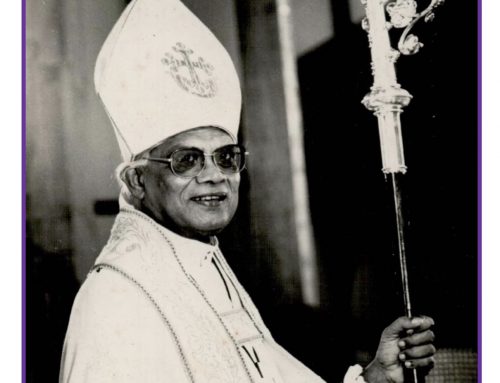Vile Bodies – The Body in Christian Teaching, Faith and Practice
Adrian Thatcher
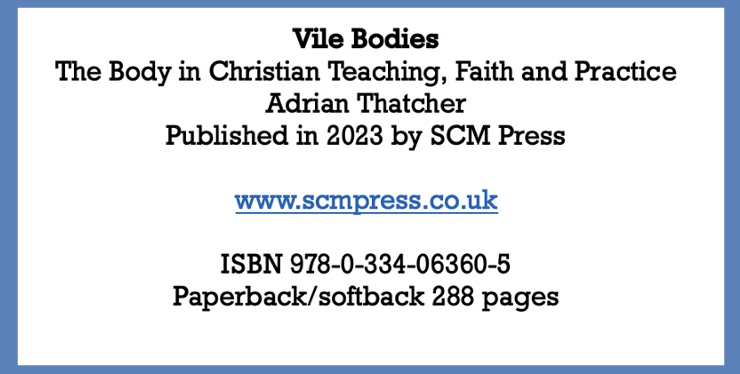
Review by Dr. Gill Atkinson
Gill Atkinson is a member of the Church of England. Her doctoral thesis examined independence and dependence in women’s lives. She taught feminist and social theory and sociology of religion at the University of Southampton; soon moving on from academia to explore alternative culture, “eco” living and the Carmelite tradition.
– Seeking to heal the rift between the Church
and earth spirituality.
“Vile Bodies” is an extraordinarily well researched and in-depth study. As the title suggests the book is an account of the human body as a disgusting thing in Christian teaching, faith and practice; the term “vile” used by St Paul to describe his own body. An historical, theological and sociological approach is taken to the examination of cultural norms, taboos and practices which have resulted from, and fed into, Church scripture and teachings. In the introduction the author tells us that, the all-powerful idea in the Christian tradition that the body is vile has had a huge negative influence on millions of people past and present and that the purpose of the book is to explore why this happened, continues to happen and what can be done about it.
The view that the body with its desires and passions is a barrier to spiritual progress is an ancient one of course, understandably many traditions have concluded that it is. The view that the passions of the body are reflections of spiritual ecstasy, and are conducive to union with God is more difficult to realise as truth.
The book takes us through twenty-two chapters of bodies. Sexualised bodies emerge as the main theme. As would be expected, bodies are explored through subjects such as virginity, celibacy, bodily fluids, homosexuality and other sexual minorities and sexual relations within marriage. Disgust around bodies, it is said, is both a private sensation and a social phenomenon, a regulation of social norms. This leads into the sociological consideration of purity, patriarchy and misogyny. Women’s bodies throughout history have been considered as a source of occasions of sin, as the property of men and impure through menstruation and childbirth. Racism is also implicated as people of other races and religions being perceived by their oppressors as inferior have therefore greater capacity to have bodies that are impure and disgusting.
References to the body in the Old Testament, termed the Hebrew bible, are the starting point, moving on to those in the New Testament, to the teachings of a number of church fathers and to the attitudes and practices in various denominations including the present-day sexual abuse scandals and the continuing, if more obscure, patriarchy within the church. We begin with Adam and Eve hiding their nakedness, which, we are told, is a source of shame of the body ever since; moving onto the peculiar story of Noah’s nakedness witnessed by his sons. As we know, the Old Testament contains many strange and difficult stories which have been an obstacle, for many a seeker. Finding spiritual truth through metaphorical and allegorical interpretation of these stories has been the task throughout Church history, such as the awareness of Adam and Eve of their nakedness indicating the awaking of human self-consciousness. The author, understandably for his purpose, takes a more direct interpretation, whilst valid, I think may led the reader astray.
In the final chapter, glorious bodies, a return to St Pauls words, are imagined, with interesting musings on the possibility post death heavenly sexual experiences. This is followed by some final paragraphs on how themes in theology can be read more positively. I thought the book lacked a more robust conclusion.
The author writes in an accessible style, with many interesting details and a great depth of knowledge of the subject. The touches of humour and light heartedness are welcome in so dismal a subject but I found the slight mocking tone here and there somewhat distasteful particularly about angels. Angels, by definition, do not have human like bodies and bodily desires, the reference, from Genesis, to predatory sexually active angels, I thought unnecessary, obscure and misleading. Angels are messengers of God bring healing joy protection to our world, it is a shame to represent them otherwise.
This brings me to a more general problem I had with the book. Whilst being ideal for an academic or researcher I think a more general reader will find it hard going and is likely to be seriously put off the Church by it. When I was taken up with feminism, philosophy and earth spirituality as a youngish woman from the late 1980s I discarded the Church in its entirety because of what I had read and absorbed about patriarchy and misogyny in Christianity. I was a long-time spiralling back and to once more appreciating the wisdom and spirit of Paul, Augustine and other church fathers. These men were time fettered and far from ideal, none of us can escape being so, but they also did much for equality, Paul did appoint women to positions of authority. I appreciate the importance and quality of the author’s work and accept his point that the church needs to “own” its vilifying attitude to the body in order to overcome it. My concern is a new generation may be completely put off the Christian message by it as I was. The church’s understandable concern with its sins must not overwhelm its imperative to appreciate its wondrous heritage and proclaim the Good News.
Gill Atkinson
Feast of the Annunciation
8th April 2024


